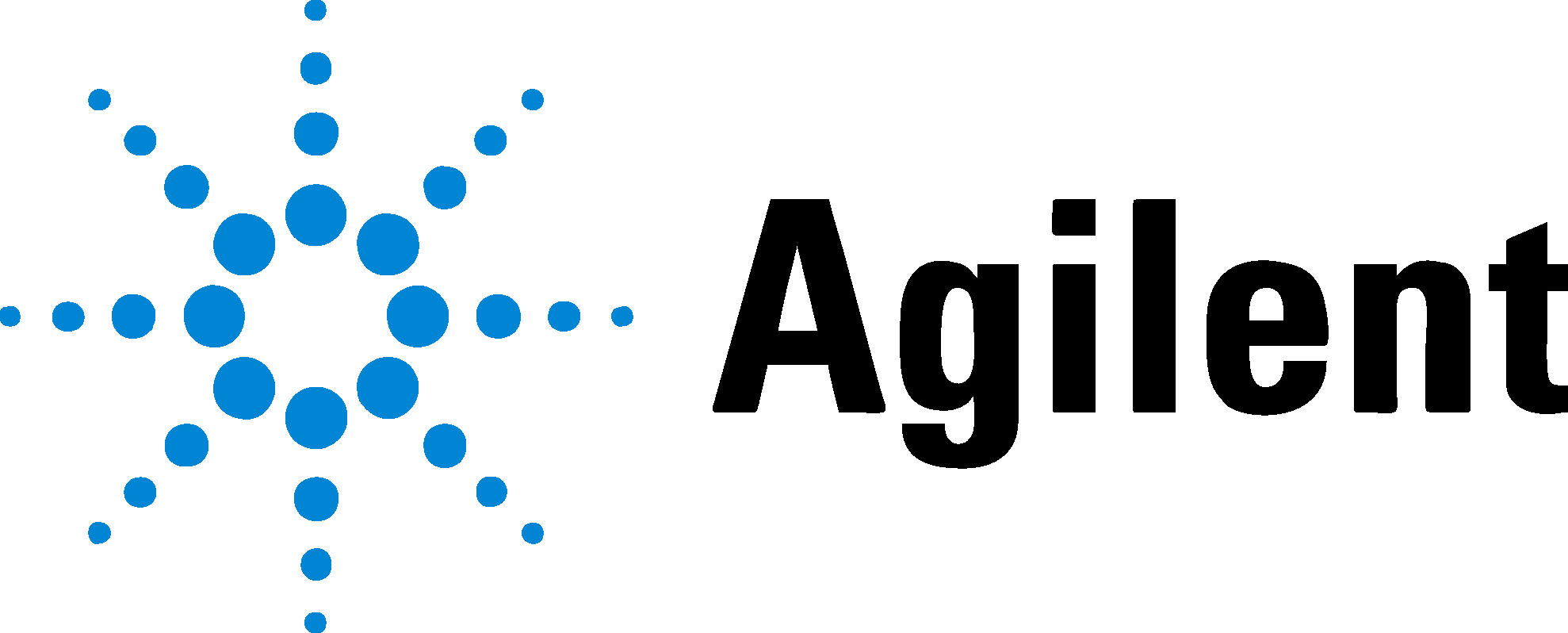A picture is worth 1000 ideas
A big advantage of mental model skylines is that they provide a visual for many people to see how to work together. From product to developer, from leadership to stakeholders, having this common pool of understanding removes barriers to progress, and clarifies assumptions that we all make about our work.
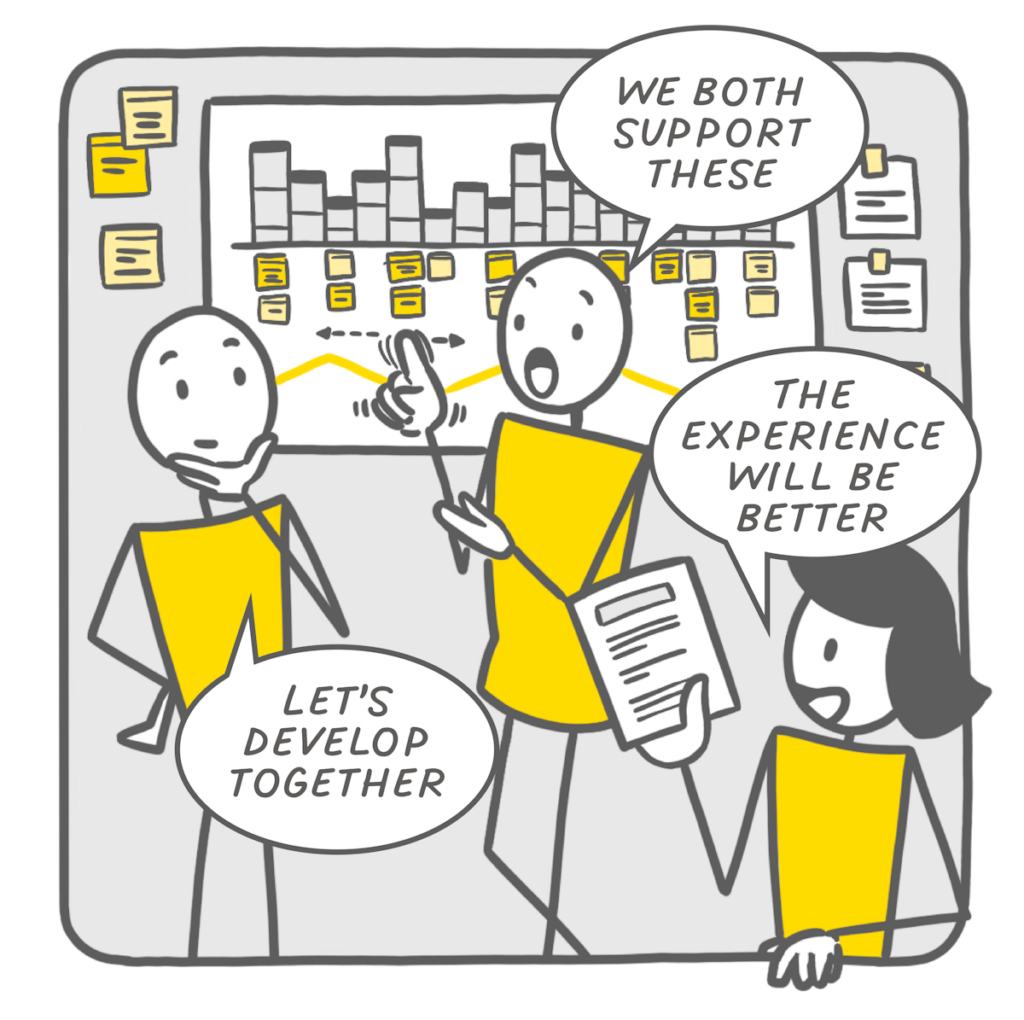
How It Has Worked
Complex systems are beautiful. And powerful. They support all the players within the system. So frequently, the skyline itself is the means to an end. Take a peek at these examples.

Brought In to Pull People Together
There are so many parts to what we are doing. How can we get organized, stop spinning out wheels. The agency we hired kept rotating people in and out, so we are 18 months behind.
The technical lead linked the software architecture to the functionality, content model, and data model. The lead copywriter got the content inventory directly from the model. We saved face for the client. We made sense of the data and guided the agency to launch the website not too far behind schedule. It was all thanks to the skeleton task model we created from those repackaged reports.

Communicate among peers inside & outside my department
All the community and technical colleges in the state were forced to merge, to stay open. The centralized administration team was highly distrusted. How can we make admin smoother and help people feel better about the merger?
By organizing communications and decisions based on the mental model skyline, a small amount of progress was made forging relationships.
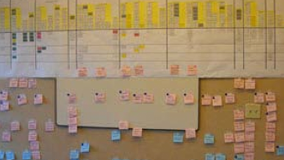
Build the Right Thing First
A new director needed to make sense of the whole landscape, without time for comprehensive new research. What were all the parts of what the org does, and how did managers in each department interact and move the org forward?
The director covered the walls of a room with stickies and found emergent patterns based on the focus of mental attention of managers in the org. When we got these skylines in front of merchandising was the first time they had seen it all in one place. The store operations guys said the data agreed with what they had found. Senior management said it was really actionable. It opened eyes.
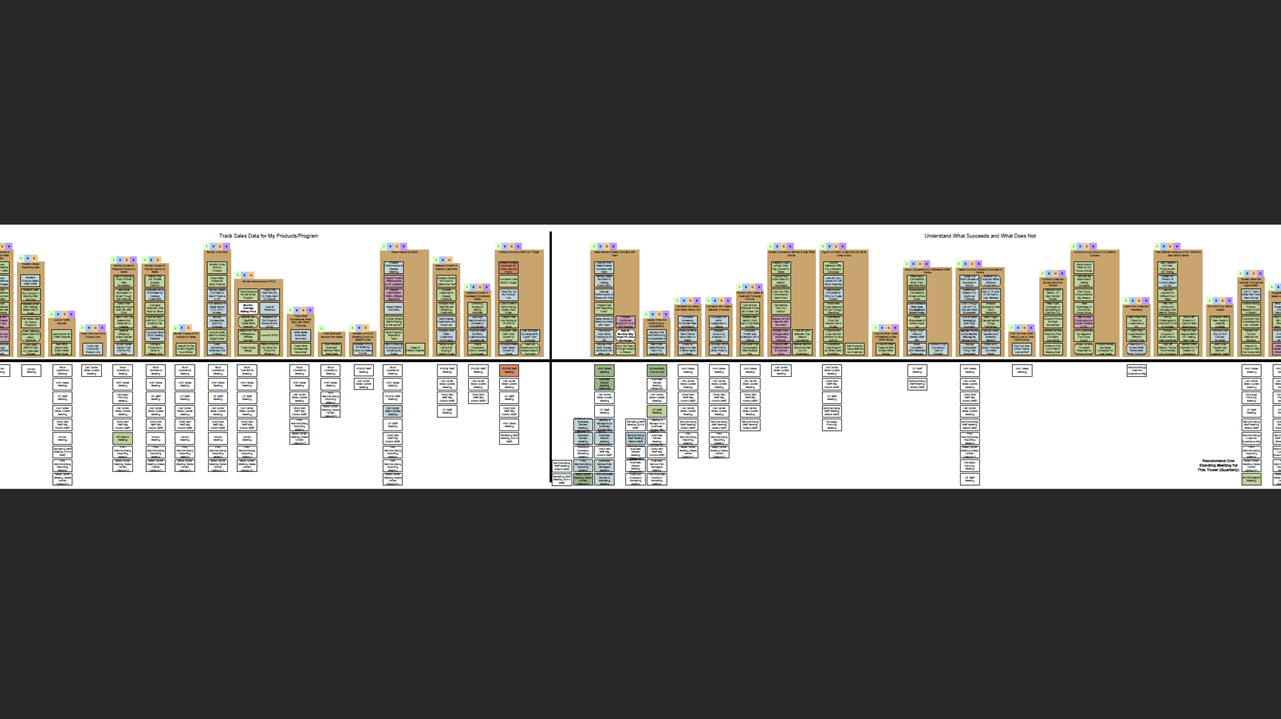
Who’s Doing What?
The new VP of the print-catalog group had used Data Science That Listens to make sense of a department store in a previous job. She wanted to clarify the catalog production process in a similar way. With fewer snags, the process would be cheaper overall.
The VP was able to remove duplicated work, and move decision-making authority to one internal team, instead of letter a vendor have the final say. This sped up the production process and saved the organization money.
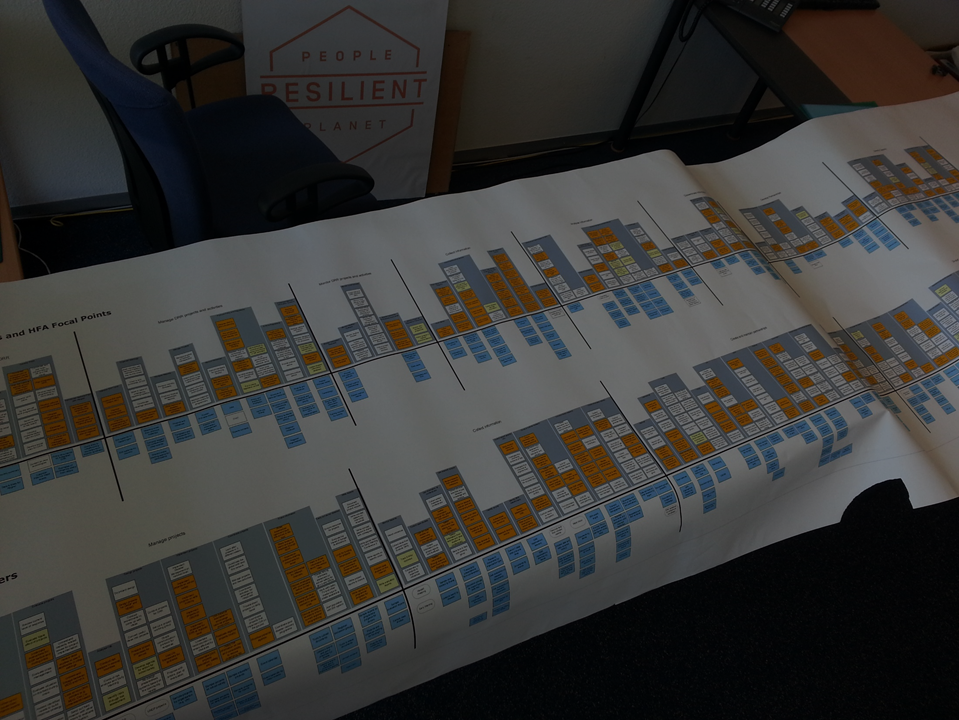
Increase Resiliance to Disaster
Disaster risk reduction has been a focus of the UN since 1999. The director of the proposed digital platform needed to ensure people globally could access content.
The initial launch of the content platform was successful. The mental model skyline was used again in 2013 to move from being a simple content repository to a multilingual participatory model which includes self-publishing, distributed ownership of site sections, sponsored and co-branded services, with increased discoverability.
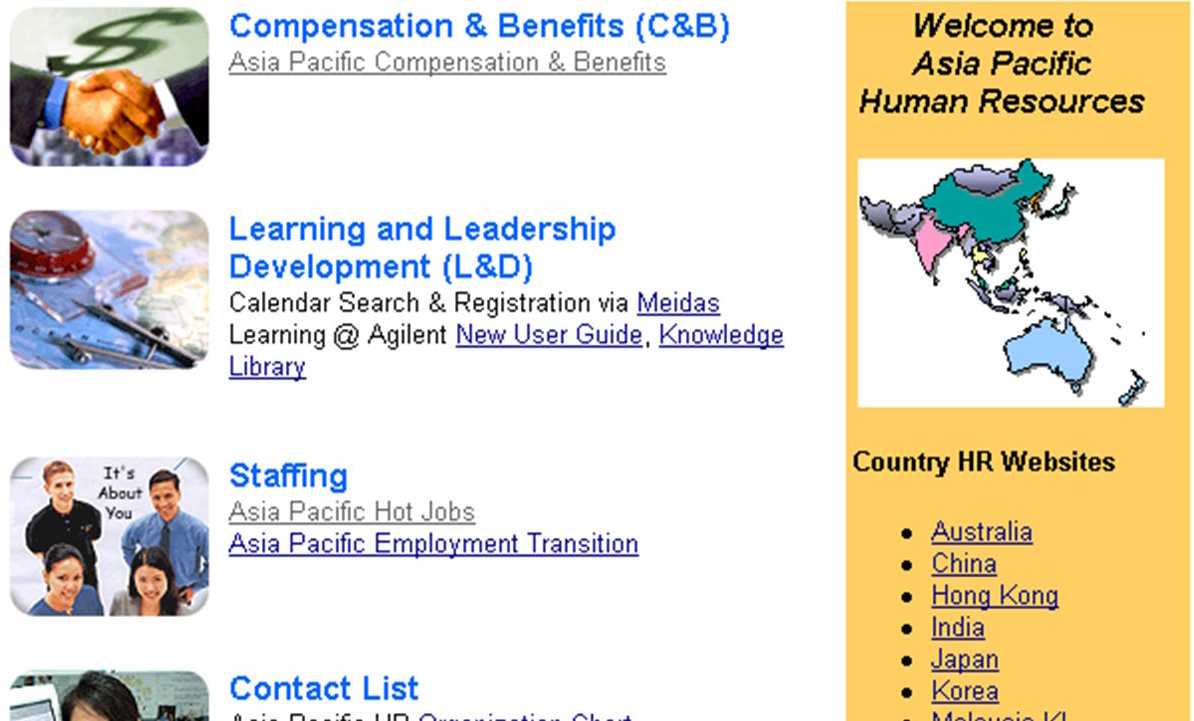
Supporting Our Employees Around the Globe
The director of the multi-national human resources intranets needed to ground his team’s work in the local needs and experiences of employees. The information architecture would need to adapt also to local law.
From country to country, the team built knowledge about how employees let the company know their plans. For example, in some countries a longer maternity leave was available, and the local government paid parents for each birth. The philosophies of employees in regard to local custom was captured in the mental model skylines, which guided the information archtecture of the intranets. The project created a lasting foundation for employees and human resources to interact, and to add features as the years passed.




